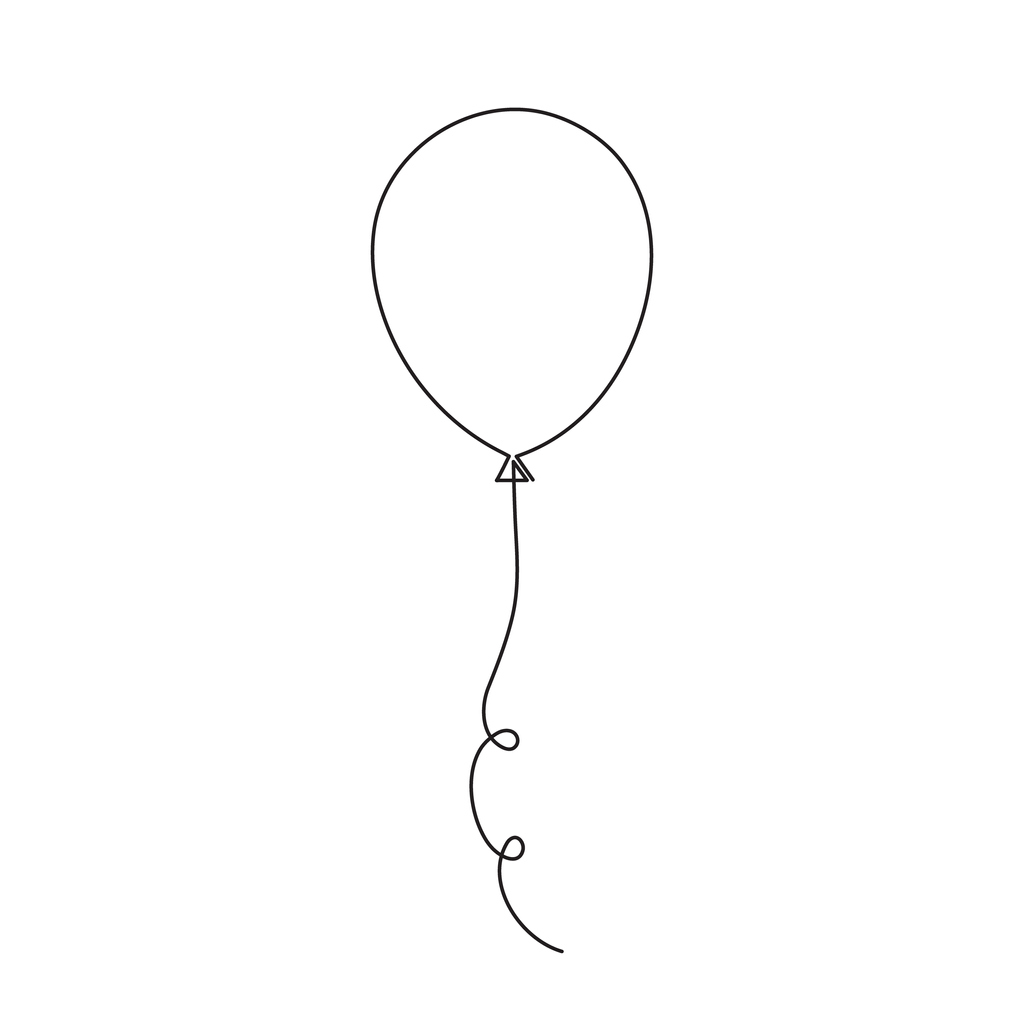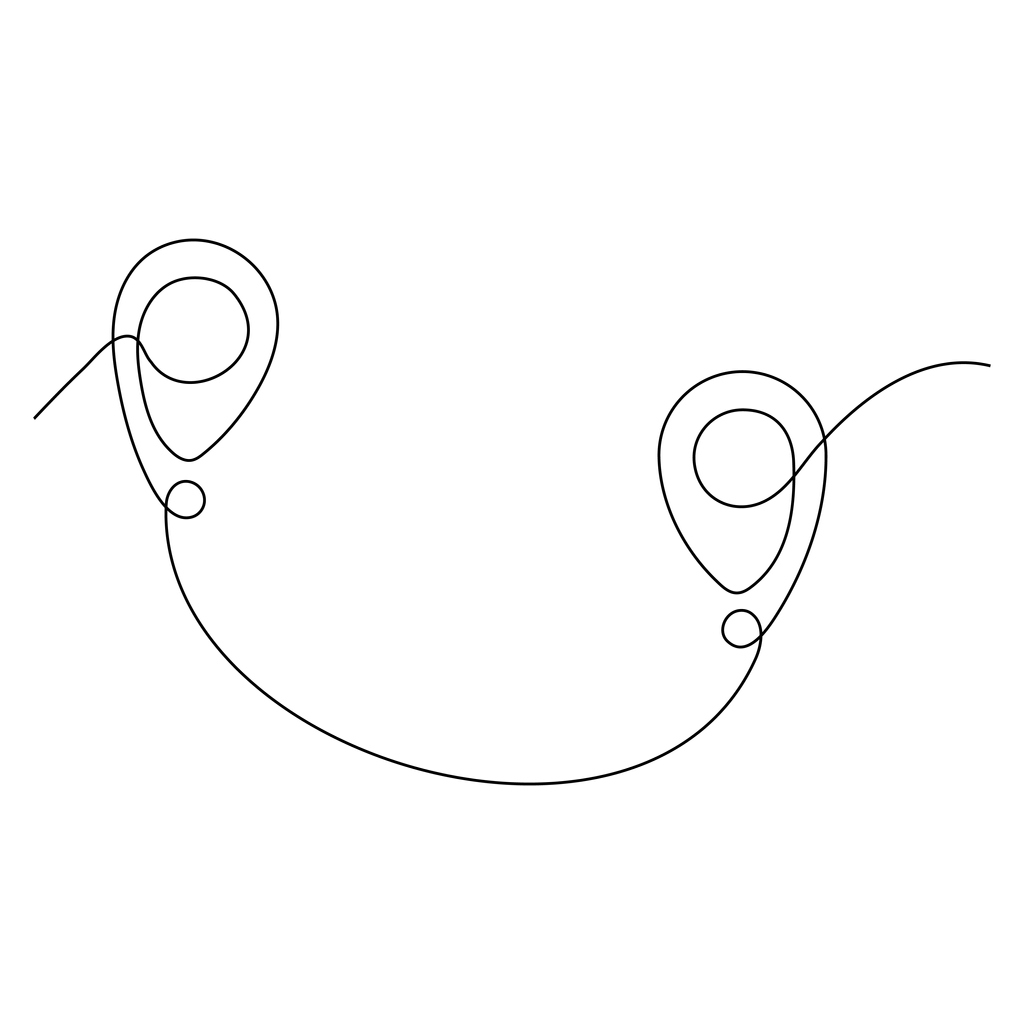Have you ever considered what is the opposite of play, or whether it even has an opposite? This question hadn’t crossed my mind until I stumbled upon the work of Dr Stuart Brown. In his TED talk, ‘Play is more than just fun’, Brown, a psychiatrist and lifelong researcher on play, mentions in passing: the opposite of play is depression.
Given the surging rates of depression among adolescents, this idea intrigued me. I wanted to know more.
Brown’s perspective challenges the conventional belief that play is exclusively for children, viewing it as a lifelong essential. The central message on the homepage of the National Institute for Play (NIFP), which Brown founded, is just that: play isn’t just for kids.
Brown’s earlier research delved into the background of Charles Whitman, a notorious Texan murderer, revealing that he had severely lacked opportunities for play in his childhood. This set the stage for Brown to continue exploring the importance of play, to which he dedicated his career.
As play develops from childhood towards adolescence, the way we talk about it shifts. When puberty hits, adolescents move away from the structured play of childhood, and adults too withdraw from participating in teenagers’ play activities. This is partly to do with adolescents seeking independence and separation from parents. But I don’t think it’s just that.
Brown’s idea, that ‘the opposite of play is depression’, made me wonder: how does play fit into the lives of teenagers, especially, and most crucially, when depression hits? How can parents engage in playful and natural ways of communicating with their teens, when traditional forms of play they could recognise have receded into the background, and when in any case the teenager’s low mood doesn’t allow any chance for connection?
In early childhood, we speak of pretend play or imaginary play. But it’s unclear how these concepts translate into the teenage years and beyond. Perhaps the imaginary play of childhood continues through the frequent identity shifts, evolving friendships, and changing self-concept that adolescents grapple with. We try on versions of ourselves, as young children try on costumes or play roles. We adults undergo similar shifts, but they tend to be less pronounced than during adolescence.
Brown also highlights how our culture erodes natural playfulness in adulthood. We’re encouraged, as adults and even as adolescents, to switch between ‘serious’ work mode and ‘playful, relaxed’ leisure mode. We see the ‘work mode’ of this division in the strict boundaries teenagers have to adhere to at school, resembling mini adults. What we often overlook is how close teenagers still are, developmentally, to childhood and how much they still need openness and flexibility, at the same time as being able to do so much more.
As for the ‘leisure mode’? While play of course continues in the teenage years and beyond, too often it becomes intertwined today with regimented, organised, expensive experiences marketed as leisure, or adventures that need to be bought. It’s much harder to find room for spontaneous play.
But playfulness thrives in everyday interactions, not in the adventurous or the exciting. When parents support a depressed teenager, focusing on the small and everyday, and finding some tiny spaces for lightness, humour and playfulness, can be overlooked amongst the stress and sadness. But it’s key. Of course, parents may find it challenging to even imagine playful interactions when their teenager is really low, let alone try to engage in them. They worry, for one thing, that they’ll be rejected by their adolescent. But it’s worth trying, as such moments can bring relief and build trust and hope.
Brown reminds us that the seeds of play are sown in the earliest interactions between parents and infants. He says:
“When that mother and infant lock eyes, and the infant’s old enough to have a social smile, what happens — spontaneously — is the eruption of joy on the part of the mother. And she begins to babble and coo and smile, and so does the baby. If we’ve got them wired up with an electroencephalogram, the right brain of each of them becomes attuned, so that the joyful emergence of this earliest of play scenes and the physiology of that is something we’re beginning to get a handle on.”
Ideally, this playful quality can continue into the teenage years (and beyond), in different forms that fit the adolescent’s growth and independence. This may be as simple as a TV series watched together, remembering past funny moments during a drive, or watching a YouTube video the teenager likes. It involves catching the moment when the adolescent is open to chatting. Playful exchanges build trust, conveying the message that – ‘I can have fun with this person, not just follow their instructions or argue with them’.
Play is a normal, essential part of life but it’s so often overlooked. It’s only when it’s missing that it becomes an issue, like D. W. Winnicott’s metaphor of the ‘baby and the bathwater’: the baby doesn’t notice the surrounding comfortable bathwater until it becomes too cold or too hot.
So, how can parents add some playfulness into their everyday interactions with their adolescents, when they’re going through a difficult time? Each situation is different, but starting from noticing and enjoying everyday small things that adolescents and parents can do together can’t go far wrong.